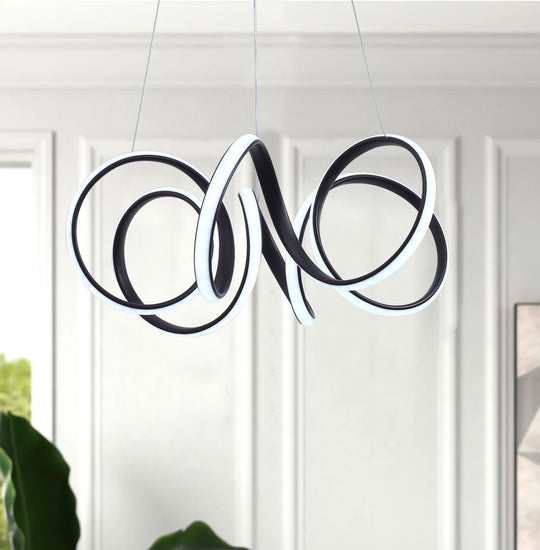Revolutionizing Lighting: The Benefits of LED Ceiling Lamps in Industrial Settings
Cuerpo
In the ever-evolving landscape of industrial environments, lighting plays a pivotal role in ensuring safety, efficiency, and productivity. The advent of LED ceiling lamps has brought about a significant transformation in how industrial spaces are illuminated. This article delves into the myriad benefits of adopting LED ceiling lamps in industrial settings, highlighting their impact on energy consumption, operational efficiency, and overall workplace environment.

Energy Efficiency and Cost Savings
One of the most compelling advantages of LED ceiling lamps is their exceptional energy efficiency. Unlike traditional lighting solutions, LEDs consume significantly less power, translating to substantial cost savings on electricity bills. For instance, an industrial facility that switches from incandescent or fluorescent lighting to LED can expect to reduce its energy consumption by up to 70%. This reduction not only lowers operational costs but also contributes to a greener, more sustainable environment.
Enhanced Durability and Longevity
LED ceiling lamps are renowned for their durability and long lifespan. In industrial settings, where lighting fixtures are often subjected to harsh conditions, the robustness of LEDs is particularly advantageous. These lamps can withstand vibrations, extreme temperatures, and exposure to dust and moisture, ensuring consistent performance over time. With an average lifespan of 50,000 hours or more, LED ceiling lamps significantly reduce the frequency and cost of replacements and maintenance.
Improved Lighting Quality and Safety
Quality of light is a critical factor in industrial environments, where precision and visibility are paramount. LED ceiling lamps provide superior lighting quality with higher color rendering index (CRI) values, which means they render colors more accurately and vividly. This is crucial in tasks that require attention to detail, such as quality control and assembly line work. Additionally, LEDs offer instant illumination without the warm-up time associated with traditional lighting, enhancing safety by ensuring immediate visibility in emergency situations.
Environmental Impact and Sustainability
Adopting LED ceiling lamps in industrial settings aligns with global sustainability goals. LEDs are free from hazardous substances like mercury, which is commonly found in fluorescent lamps. Furthermore, their energy-efficient nature reduces the carbon footprint of industrial operations. By minimizing energy consumption and waste, LED ceiling lamps contribute to a more sustainable and environmentally friendly industrial ecosystem.
Versatility and Customization
LED ceiling lamps offer unparalleled versatility and customization options. Industrial facilities often have diverse lighting requirements, ranging from high-intensity illumination for manufacturing areas to softer, ambient lighting for office spaces. LEDs can be easily adjusted to meet these varying needs, with options for dimming, color temperature adjustments, and directional lighting. This flexibility ensures that every area of the facility is optimally lit, enhancing both functionality and aesthetics.
Conclusion
In conclusion, the revolutionizing lighting brought about by LED ceiling lamps in industrial settings cannot be overstated. From energy efficiency and cost savings to enhanced durability, lighting quality, and environmental sustainability, the benefits are manifold. As industries continue to evolve and prioritize efficiency and sustainability, the adoption of LED ceiling lamps stands out as a strategic and forward-thinking choice. Embracing this innovative lighting solution not only enhances operational efficiency but also contributes to a safer, more productive, and environmentally conscious industrial environment.






Comentarios